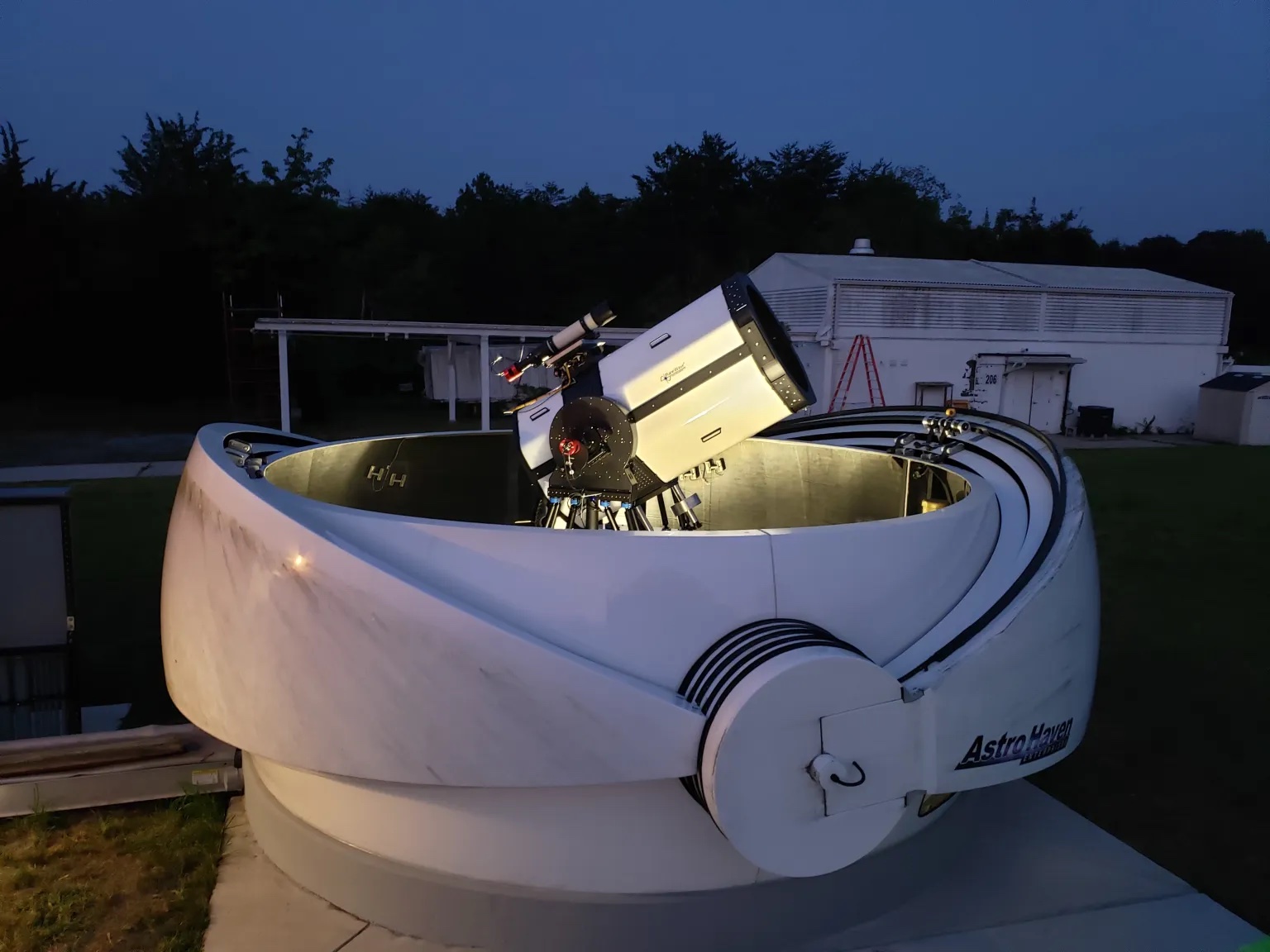Latest News

NASA’s Low-Cost Optical Terminal at the agency’s Goddard Space Flight Center in Greenbelt, Maryland. Photo: NASA
While NASA’s TBIRD lasercom payload completed its mission in September, NASA is still sharing milestones it reached. Before the mission ended, a NASA optical ground station transmitted its first laser communications uplink to the TBIRD smallsat.
The TBIRD payload, built by MIT Lincoln Laboratory, was launched in May of 2022 on a Terran Orbital satellite. In two years of operation, the payload repeatedly broke its own laser communication records. In 2023, it transmitted 4.8 terabytes of data in five minutes, reaching 200 gigabits per second in a single pass.
The test reported on Oct. 9 was done with NASA’s LCOT (Low-Cost Optical Terminal), which is a ground station made of modified commercial hardware. In the test, LCOT produced enough uplink intensity for the TBIRD payload to identify the laser beacon, connect, and maintain a connection to the ground station for over three minutes. NASA said this requires one milliradian of pointing accuracy.
NASA said the LCOT team continues to refine pointing capabilities through additional tests with NASA’s Laser Communications Relay Demonstration (LCRD). Both LCOT and LCRD are part of NASA’s Space Communications and Navigation program office’s work to implement laser technology.
“Optical, or laser, communications can transfer 10 to 100 times more data than radio frequency waves,” commented Kevin Coggins, deputy associate administrator and SCaN program manager. “Literally, it’s the wave of the future, as it’ll enable scientists to realize an ever-increasing amount of data from their missions and will serve as our critical lifeline for astronauts traveling to and from Mars.”
Get the latest Via Satellite news!
Subscribe Now